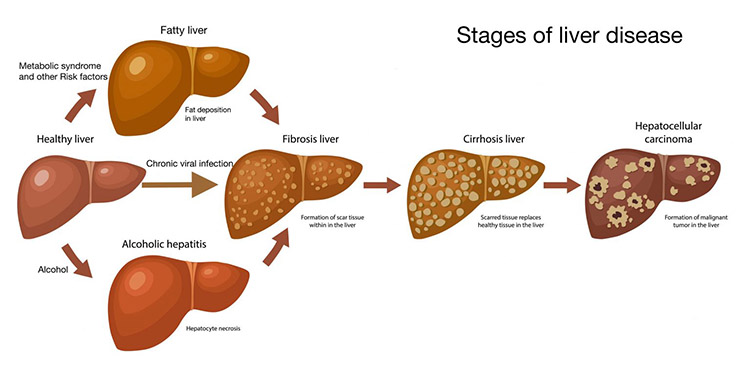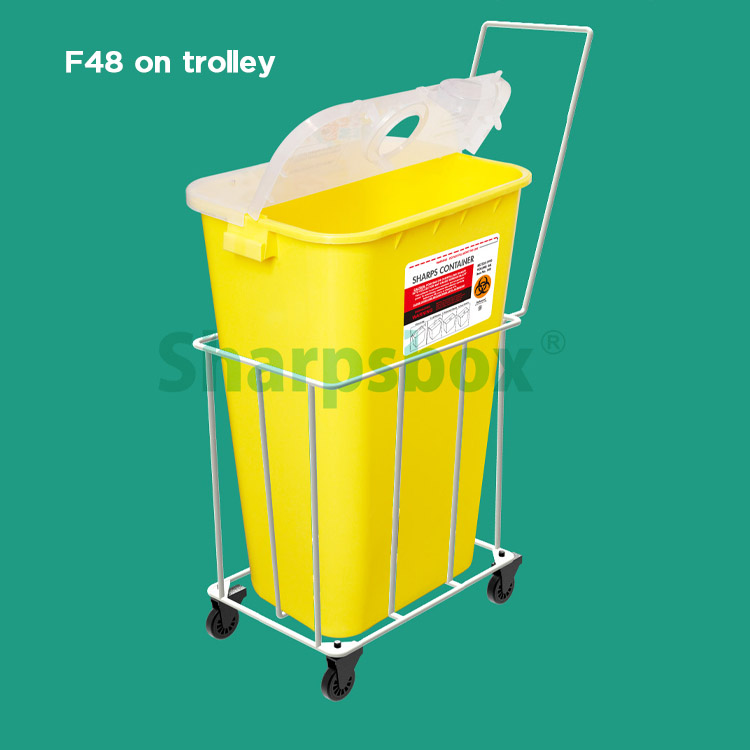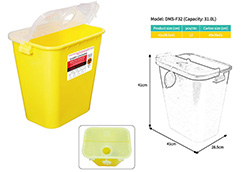Can I get rid of liver cirrhosis?
Liver cirrhosis is an advanced chronic liver disease. It is caused by long-term or repeated effects of various causes to cause diffuse hyperplasia of liver fibrous tissue, forming a large number of regenerative nodules, thereby destroying the normal structure and blood supply of the liver, causing abnormal liver function and portal veins. Hypertension.
▶ Once liver cirrhosis occurs, it means that liver disease has entered the end stage. If not actively diagnosed and treated, it can cause various complications, such as portal hypertension (ascites, bleeding from esophageal and gastric varices, splenomegaly), Hepatorenal syndrome, hepatic encephalopathy, liver cancer, liver failure, etc.
▶ Ascites is the main sign of the progression of liver cirrhosis. About 20% of patients with liver cirrhosis have ascites as the first symptom.
▶ Bleeding from esophageal and gastric varices is the main cause of death in patients with liver cirrhosis and portal hypertension, and it is also one of the most dangerous complications. The probability of bleeding in patients with esophageal and gastric varices is 10%-30% each year, and the fatality rate of first bleeding is as high as 20%-35%.
▶ Liver cirrhosis is also the highest risk factor leading to liver cancer. More than 80% of primary liver cancers occur on the basis of liver cirrhosis. Once they have cancer, the treatment effect will be worse and the survival time will be shorter.

Early detection and early treatment are the keys to delay or even reverse the progression of liver cirrhosis.
Why is suffering from liver cirrhosis?
In my country, most liver cirrhosis is caused by chronic hepatitis B.
In addition, alcohol, non-alcoholic fatty liver disease, autoimmune liver disease, genetic metabolic liver disease, drug-induced liver disease, etc. are also the main causes of liver cirrhosis, and the number of patients is gradually increasing. In particular, non-alcoholic fatty liver disease has become one of the most common chronic liver diseases in my country, and it is the main cause of cryptogenic liver cirrhosis. A survey found that the proportion of cirrhosis in non-alcoholic steatohepatitis is about 7%-30%, and the mortality rate associated with liver disease is as high as 11%.
How is liver cirrhosis diagnosed?
Early diagnosis of liver cirrhosis is the key to improving the prognosis of patients. However, due to the atypical clinical symptoms of chronic liver disease and lack of specificity, it is difficult to detect early liver cirrhosis.
Currently, liver biopsy is the gold standard for evaluating liver fibrosis, and it is also a gold indicator for judging the cause of liver cirrhosis and the degree of liver damage. For patients with clinical indications of early liver cirrhosis, liver biopsy should be performed as far as possible to confirm the diagnosis under the premise of ensuring safety. .
For patients who cannot be diagnosed by biopsy or have liver biopsy contraindications, non-invasive examination methods such as abdominal ultrasound, ultrasound transient elastography technology, liver CT or magnetic resonance scan, magnetic resonance activity index (MRE) and other imaging studies can also be used Method to be judged. In recent years, the non-invasive diagnosis model of liver cirrhosis constructed by laboratory test indicators is also an effective supplementary method for diagnosing liver cirrhosis, including four items of liver fibrosis, APRI score, FIB-4 score or Forns index and so on. Of course, the above methods also need to be selected individually based on the actual situation of the patient.
How to evaluate and treat?
The assessment of liver cirrhosis includes liver function assessment, such as liver reserve function test (indocyanine green test), Child-Pugh score, etc., as well as assessment of the severity of portal hypertension.
Portal hypertension is the main complication caused by liver cirrhosis, and it is also an important factor affecting the clinical prognosis of patients with liver cirrhosis. Its severity determines the occurrence and development of complications of liver cirrhosis (such as bleeding from esophageal gastric varices, ascites, hepatic encephalopathy, hepatorenal syndrome, etc.).
Hepatic Venous Pressure Gradient (HVPG) test is an internationally recognized gold indicator reflecting the level of portal vein pressure. It can effectively assess the risk of gastrointestinal bleeding caused by cirrhosis and portal hypertension, liver decompensation, disease progression, and death, and guide treatment plan selection.
Electronic gastroscopy is the gold standard for portal hypertension varices bleeding risk assessment, and its combination with HVPG can effectively assess the severity of portal hypertension and bleeding risk in patients. In addition, the magnetically controlled capsule gastroscopy technology also has a good distinguishing value for the risk of bleeding from esophageal and gastric varices of liver cirrhosis, and has the characteristics of higher inspection comfort.
The treatment of liver cirrhosis mainly includes two aspects: etiological treatment and prevention and treatment of liver cirrhosis and its complications. Etiological treatment is to take corresponding treatment measures based on the cause of liver cirrhosis, such as anti-hepatitis B virus treatment for hepatitis B virus infection, alcoholic liver disease abstinence, autoimmune liver disease with specific drug treatment, and so on.
The treatment of liver cirrhosis and complications focuses on early detection and accurate assessment. According to the assessment of the severity of portal hypertension (HVPG) and the risk of variceal bleeding (electronic gastroscopy), the corresponding first, second, and third levels are adopted. Preventive measures can effectively reduce the risk of gastrointestinal bleeding and decompensation of liver cirrhosis, delay the development of liver cirrhosis, and improve the prognosis and survival benefits of patients.
Traditional Chinese medicine also plays a very important role in the treatment of patients with liver cirrhosis. Particularly, some proprietary Chinese medicine preparations aimed at improving the degree of liver fibrosis have been widely used in clinical practice and have achieved good results.
In short, early detection of liver cirrhosis, standardized and precise assessment, monitoring and prevention, and development of individualized treatment plans are important measures to effectively delay the progression of liver cirrhosis, reduce complications of portal hypertension, and reduce mortality, which also helps Reduce the risk of patients with liver cancer and improve the quality of life and survival of patients.


